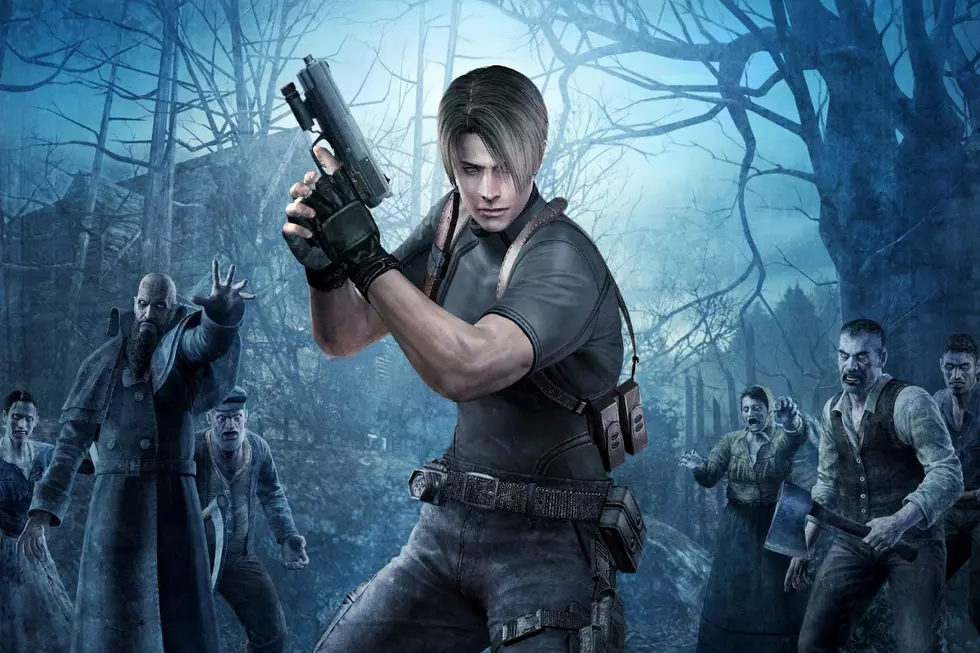
The First Steps of a New Gaming Era: Celebrating The 7th Guest
Sometimes a game isn’t always known for being the best example of gameplay or creating the most nostalgic memories among players. Sometimes, the importance of a game lies in the change of times it signaled and the way it paved for others. By today’s standards, Trilobyte and Virgin Interactive’s classic PC horror adventure game, The 7th Guest, wouldn’t be winning any beauty pageants and its archaic gameplay would require the devoted patience of a nostalgic enthusiast. Still, when it originally launched in 1993, it would become a trendsetter in its establishment of what were then revolutionary new concepts.









